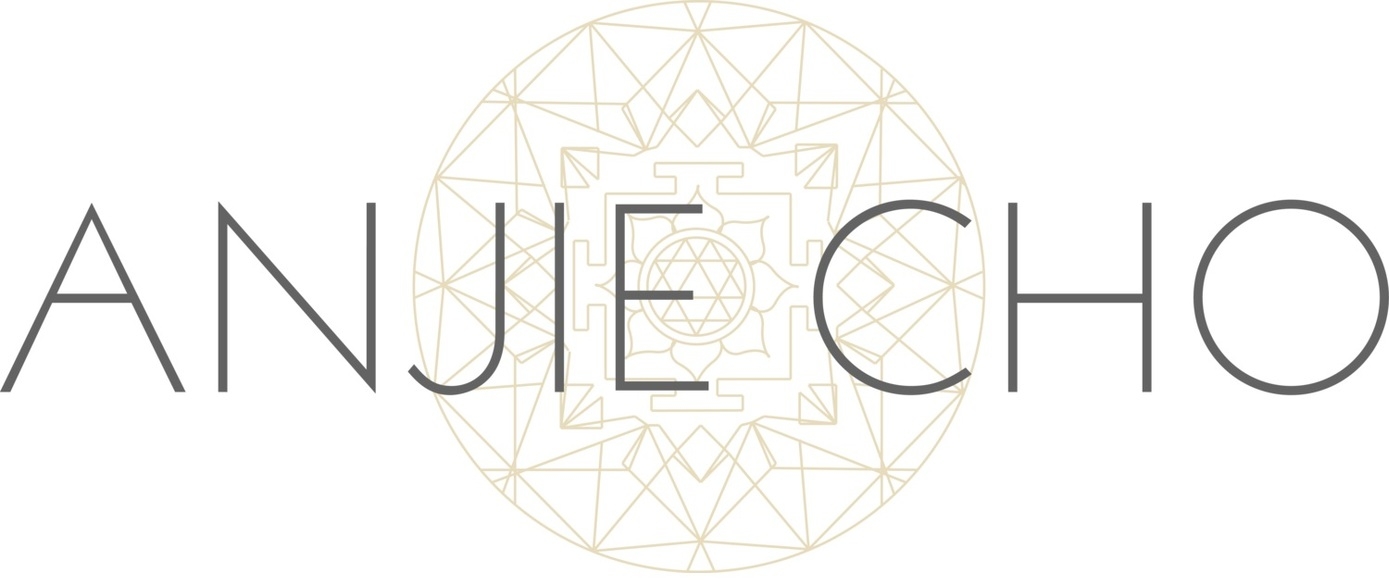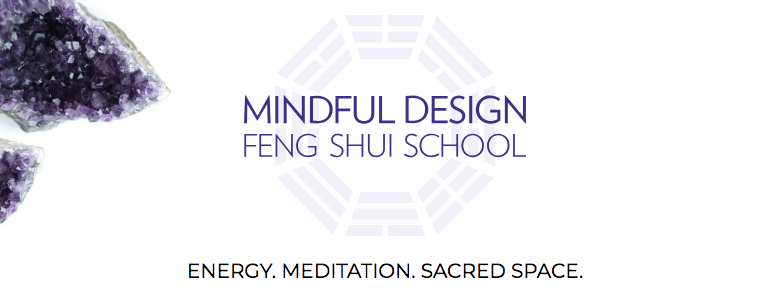Photo by Anastasia Shuraeva on Pexels
What should I do if a feng shui object breaks?
Have you ever hung a feng shui crystal only to have it fall and break? People often get worried when a feng shui object breaks, but I generally say that it’s not a bad thing. This means that the energy is moving through the object you’ve placed, and that the adjustment is working.
If you do place a feng shui object in your home and it breaks, I would recommend you do it again, but try something a little stronger or better quality this time. If it was a feng shui crystal ball, for example, maybe you need to hang it from a stronger string or with a more secure tack. If the crystal itself is broken, it’s best to get a new one.
If a feng shui object fell and broke, or if you received it broken, you can still reuse it for another purpose if you’d like. Not everything in your home needs to serve a feng shui purpose. If you do want to use something as a feng shui object, though, intentionally select something new to bring into the space.
The reason you want to bring in something new for a feng shui adjustment is because you want to bring in fresh qi. Be mindful of what you select. Choosing a damaged object or one that is in disrepair for a feng shui adjustment isn’t a great idea because that’s not the type of energy you want to bring in. It’s also not ideal to use a secondhand item as a feng shui object, because that isn’t really bringing in new energy. If you do choose to use a secondhand item, be sure to clear it.
Many times I’ve done consultations where I suggest adding a plant to a particular area, and people ask if they can use a plant that they already have. Usually, I recommend they get a new plant instead, so that they’re bringing new energy into the space. If you just have more of the same, you’re not really shifting the qi.
If you’d like to learn more about feng shui, check out Mindful Design Feng Shui School at: www.mindfuldesignschool.com






